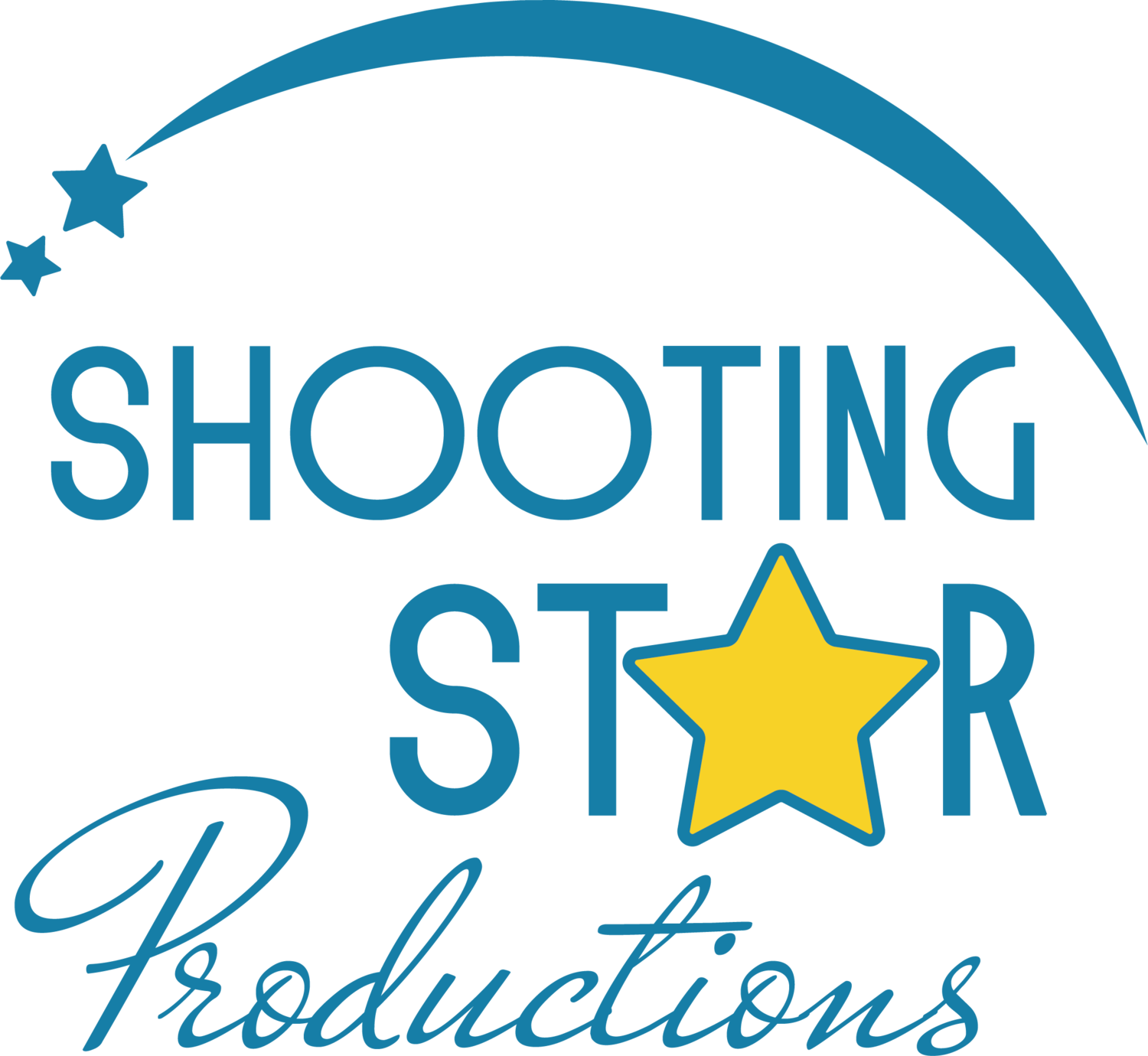AUDITION TIPS and ETIQUETTE
Preparing for an Audition.
Audition Form.
Complete the Online Audition Form. Make sure all potential conflicts are thought out and explained on the conflict section of the audition form.
Communication.
When possible, the student should take the lead in registering and communicating with the volunteers and production team. The whole process from the moment you walk in the door to when you leave should be student led and focused.
Sheet Music.
Bring sheet music in the appropriate key in a binder with the start and stop measures clearly marked. The music should be the piano accompaniment, not just notes or ‘leads.’
Headshot.
Bring a current photo of yourself and print your name and age on the back. This does not need to be a professional headshot.
Attire.
Wear clothes you can move well in for a dance audition. Where closed-toed shoes. If you have dance shoes, bring them, but it is not required.
get into character.
Smile, have fun, laugh, and get into character! This will help you stand out and will show the Production Team your personality.
Call backs are sometimes held after auditions. Callbacks do not mean that you are going to get a part and not getting called back does not mean you are not going to get the part. It is just an opportunity for the director to check something that might not have been apparent the first time around or to check dynamics of a group or pairing.
If you are not cast – SSP always encourages students to audition again the next season. It may have been for many reasons and it does not necessarily mean you had a bad audition – it may have been your conflicts, a large number auditioning in your age group, needed to look older, etc…try, try again!
Helpful Audition/Rehearsal Terms.
Audition.
A formally arranged session for an actor to display his or her talents when seeking a role in an upcoming production of a play, film, or television project, usually to a casting director, director, or producers.
Call Time.
The time you are supposed to report to the set.
callback.
A second audition where an actor is either presented to the producer and director or, in the case of commercials, is filmed on tape again for final consideration.
Side.
A dialogue from the script used at the callbacks.
Read-through.
When the director and the actors sit around a table and read through the entire script to get familiar with the story, their roles, and their fellow actors.
Blocking.
In rehearsals, actors practice the required movements, in a pattern or along a path, for a given scene that allows them to avoid any awkward positions, such as one actor walking in front of another actor or standing with his or her back to the audience.
Notes.
Instructions, usually regarding changes in an actor’s blocking or performance, given after a rehearsal by the director, musical director, choreographer, or stage manager.
STRIKE.
At the end of the run of a show, when the set and all other technical aspects are taken apart, clearing the stage for the next show.
Off-book.
When an actor knows his or her lines and no longer needs to carry the script.
DRESS REHEARSALS.
The final rehearsals done for a show; these rehearsals are done in full costume and make-up.
Invited Dress.
The last night of tech when members of the production are allowed to invite Parents only to view the show. It’s the opportunity for everyone to do a run in front of a “friendly” house before paying customers arrive.
places.
The positions for all actors and crew at the beginning of a play.
off book.
Another word for memorized. A rehearsal off book will be one in which the actors do not use scripts.
